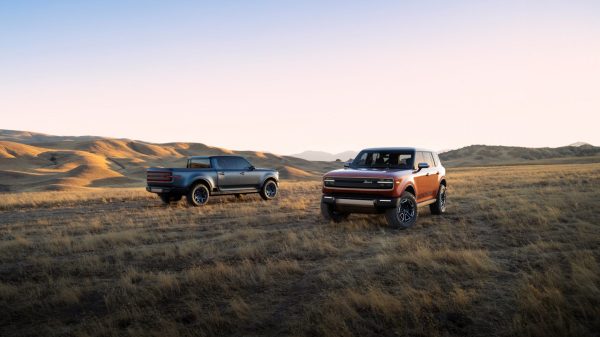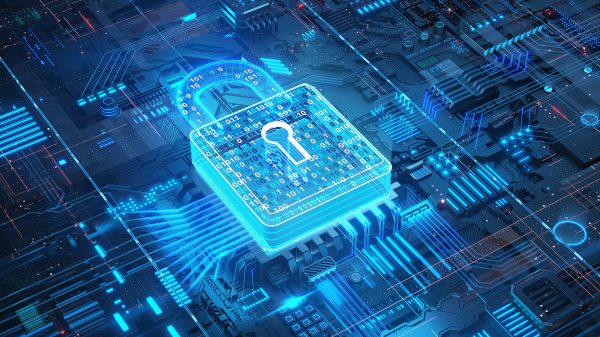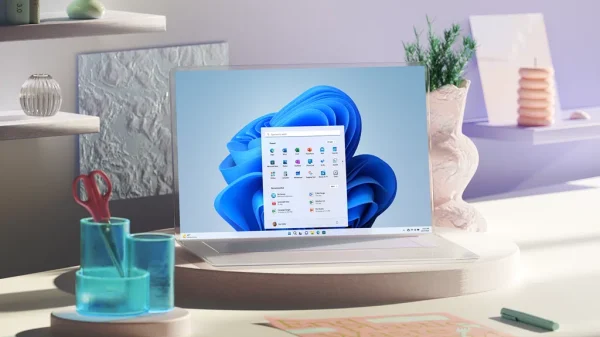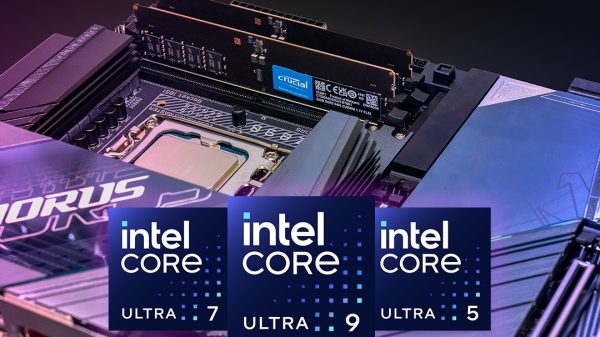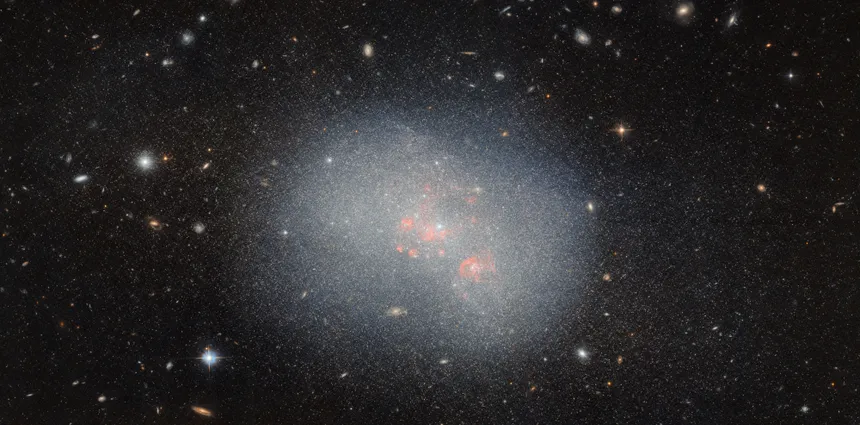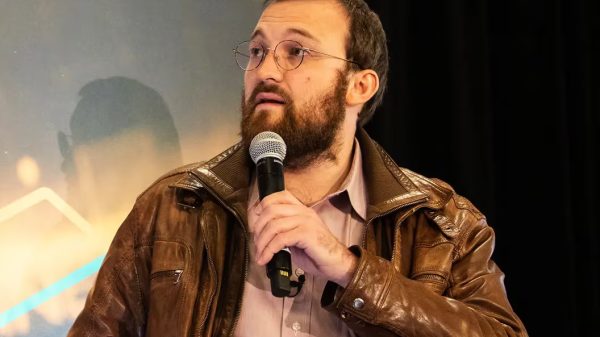The much-anticipated crewed launch of Boeing’s Starliner spacecraft to the International Space Station (ISS) has been pushed back once again. The maiden crewed flight with NASA astronauts Butch Wilmore and Suni Williams, initially scheduled for May 6, was halted just two hours before launch due to an issue with a pressure regulation valve on the Atlas V rocket’s upper stage. Despite a revised target launch date of May 17, NASA has now announced that the mission will not take place until May 21, pending the completion of additional testing.
According to NASA, engineers successfully replaced the problematic valve on Saturday, but a subsequent “small helium leak” was detected on the Starliner’s service module. After tracing the source of the leak, NASA and Boeing are working on developing a solution to address the issue. The space agency explained that the issue has been identified and that the team is developing a plan to bring the propulsion system up to flight pressurization and then allow the helium system to vent naturally.
The Atlas V and Starliner are currently being sheltered at the Vertical Integration Facility at Space Launch Complex-41 at Cape Canaveral Space Force Station in Florida. Meanwhile, Wilmore and Williams remain in preflight quarantine, having traveled back to Houston on May 10 to spend time with their families while engineers prepare the rocket and spacecraft for the next launch attempt.
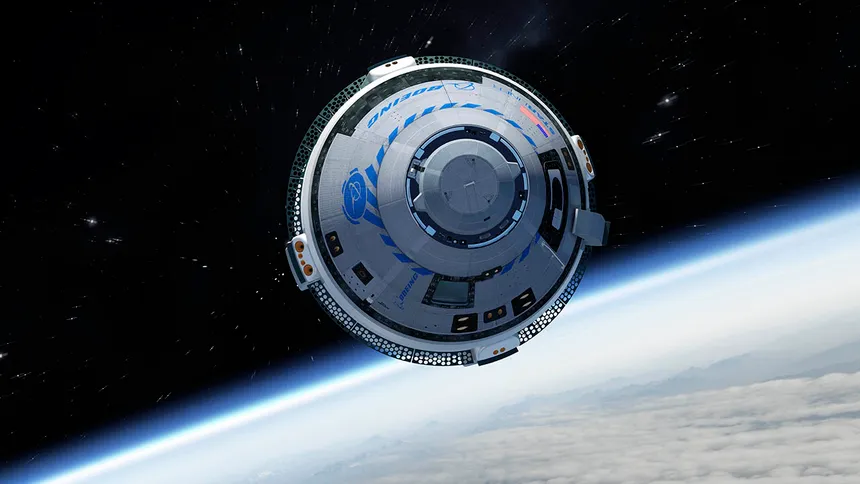
Another Delay for Boeing’s Starliner Crewed Launch to Space Station
The highly anticipated mission, which was intended to mark the first crewed flight of the Starliner, will see the two astronauts spend approximately a week aboard the ISS before returning to Earth in a parachute- and airbag-assisted landing in the southwestern United States. The successful completion of this mission will be a crucial step towards certifying the Starliner and its systems for crewed rotation missions to the space station, alongside SpaceX’s Crew Dragon spacecraft.
The development of the Starliner has been plagued by numerous delays over the years. Its first attempt to reach the ISS in its first uncrewed test flight in 2019 ended in failure when the vehicle was unable to enter the correct orbit. The mission highlighted a slew of issues with the capsule’s software systems, which had to be addressed before it could fly again. A second uncrewed test flight in 2022 managed to dock with the ISS, but a number of new issues had to be resolved to get the Starliner ready for its first crewed flight.
Despite the setbacks, NASA and Boeing are determined to push forward with the mission. The agency has emphasized that there is no rush to bring the Starliner astronauts back from the ISS, and that the space station is equipped to support the crew until the issues are resolved.

